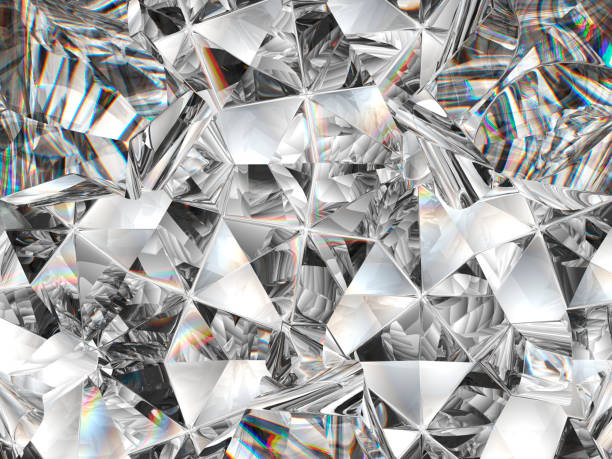Delving into the Psychedelic Art Movement: A Kaleidoscope of Culture
Introduction: Step into a world of swirling colours and surreal imagery as we delve into the psychedelic art movement. Discover the historical roots, recent developments, and the enduring influence of this fascinating artistic trend. The psychedelic art movement, characterized by its vibrant colors, surreal images, and intricate patterns, was born in the mid-1960s. Rooted in the counterculture movement of the time, it was heavily influenced by the widespread use of hallucinogenic substances. This art form was initially confined to music posters and album covers, becoming synonymous with the rock and roll scene of the era. Artists like Victor Moscoso and Wes Wilson pioneered this style, their works reflecting the mind-altering experiences of hallucinogens.

The Resurgence: Psychedelic Art in the Digital Age
Fast-forward to the present, and the psychedelic art movement is enjoying a resurgence. The advent of digital technology has provided artists with new tools, enabling them to create complex designs and animations that bring the psychedelic experience to life. Artists like Android Jones and Amanda Sage are leading this digital psychedelic renaissance, their works often featuring in music festivals and digital art exhibitions.
Impact and Significance: More Than Just Bright Colours
For many, psychedelic art is simply associated with bright colours and trippy designs. However, its significance runs much deeper. The psychedelic art movement was, and continues to be, about challenging the norms, pushing the boundaries of perception, and exploring the depths of human consciousness. It is a form of expression that transcends the physical world, offering a glimpse into the realm of the metaphysical.
Reception: From Counterculture to Mainstream Acceptance
The psychedelic art movement, once associated with rebellion and counterculture, has now permeated mainstream media. Psychedelic visuals are now commonplace in music videos, films, and even advertising. This shift in perception is indicative of the changing societal attitudes towards psychedelia, mirroring the growing acceptance and decriminalization of psychedelic substances in many parts of the world.
The Enduring Influence: Psychedelic Art in Pop Culture
The lasting impact of the psychedelic art movement can be seen in various facets of pop culture. From the album covers of Tame Impala to the visual effects in Doctor Strange, psychedelic aesthetics are still widely appreciated and incorporated in modern media. This enduring influence is a testament to the timeless appeal and cultural significance of psychedelic art.
In conclusion, the psychedelic art movement, with its rich history and ongoing influence, is a vibrant strand in the tapestry of art history. Despite its roots in the counterculture of the 1960s, it has evolved and adapted, finding its place in the digital age and making its mark on mainstream culture. It continues to challenge, captivate, and inspire, serving as a kaleidoscope through which we can view and interpret the world around us.




